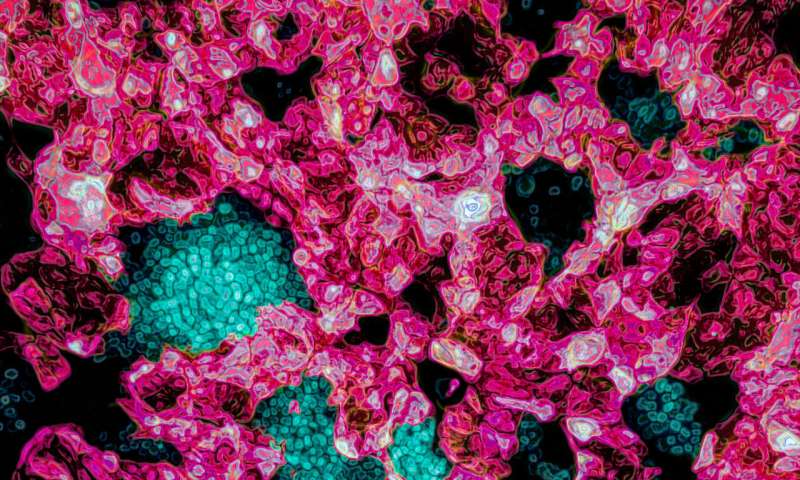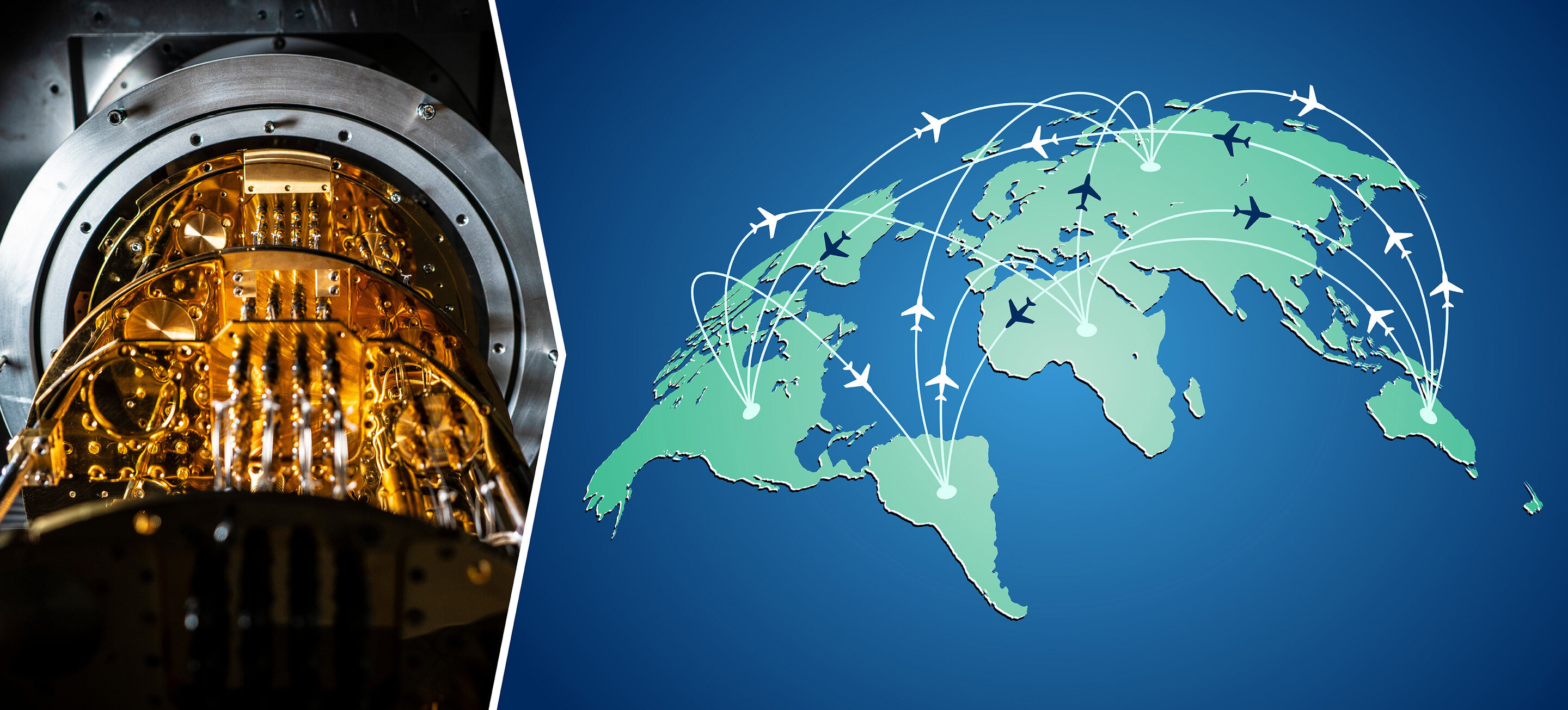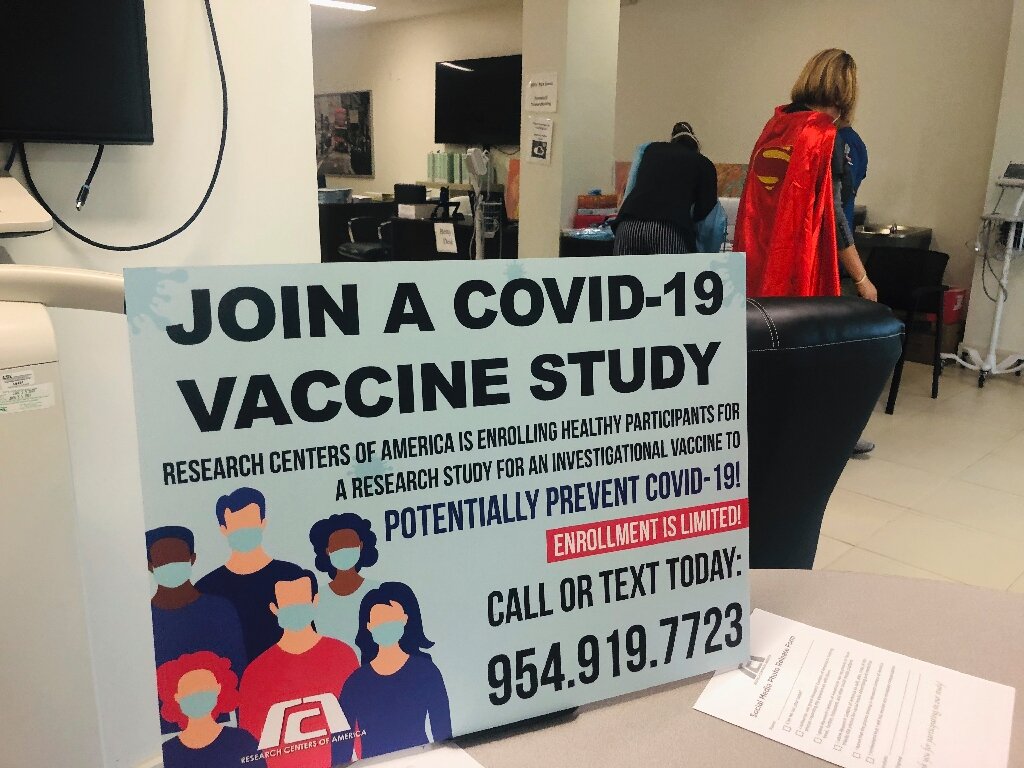#A new discovery in pluripotent stem cells and induced regenerative medicine
“#A new discovery in pluripotent stem cells and induced regenerative medicine”

An international collaboration involving Duke-NUS Medical School and Monash University researchers has made an unexpected world-first stem cell discovery that may lead to new treatments for placenta complications during pregnancy.
While it is widely known that adult skin cells can be reprogrammed into cells similar to human embryonic stem cells that can then be used to develop tissue from human organs—known as induced pluripotent stem cells (iPSCs) – the same process could not create placenta tissue.
iPSCs opened up the potential for personalized cell therapies and new opportunities for regenerative medicine, safe drug testing and toxicity assessments, however little was known about exactly how they were made.
An international team led by ARC Future Fellow Professor Jose Polo from Monash University’s Biomedicine Discovery Institute and the Australian Research Medicine Institute, together with Assistant Professor Owen Rackham from Duke-NUS in Singapore, examined the molecular changes the adult skin cells went through to become iPSCs. It was during the study of this process that they discovered a new way to create induced trophoblast stem cells (iTSCs) that can be used to make placenta cells.
This exciting discovery, also involving the expertise of three first authors, Dr. Xiaodong Liu, Dr. John Ouyang and Dr. Fernando Rossello, will enable further research into new treatments for placenta complications and the measurement of drug toxicity to placenta cells, which has implications during pregnancy.
“This is really important because iPSCs cannot give rise to placenta, thus all the advances in disease modeling and cell therapy that iPSCs have brought about did not translate to the placenta,” Prof Polo said.
“When I started my Ph.D. five years ago, our goal was to understand the nuts and bolts of how iPSCs are made. However, along the way, we also discovered how to make iTSCs,” said Dr. Liu.
“This discovery will provide the capacity to model human placenta in vitro and enable a pathway to future cell therapies,” said Dr. Ouyang.
“This study demonstrates how by successfully combining both cutting edge experimental and computational tools, basic science leads to unexpected discoveries that can be transformative,” Asst Prof Rackham said.
Professors Polo and Rackham said many other groups from Australian and international universities contributed to the study over the years, making it a truly international endeavor.
More information:
Reprogramming roadmap reveals route to human induced trophoblast stem cells. Nature (2020). DOI: 10.1038/s41586-020-2734-6, www.nature.com/articles/s41586-020-2734-6
A new discovery in pluripotent stem cells and induced regenerative medicine (2020, September 16)
retrieved 16 September 2020
from https://phys.org/news/2020-09-discovery-pluripotent-stem-cells-regenerative.html
This document is subject to copyright. Apart from any fair dealing for the purpose of private study or research, no
part may be reproduced without the written permission. The content is provided for information purposes only.
if you want to watch Movies or Tv Shows go to Dizi.BuradaBiliyorum.Com for forums sites go to Forum.BuradaBiliyorum.Com
If you want to read more Like this articles, you can visit our Science category.


